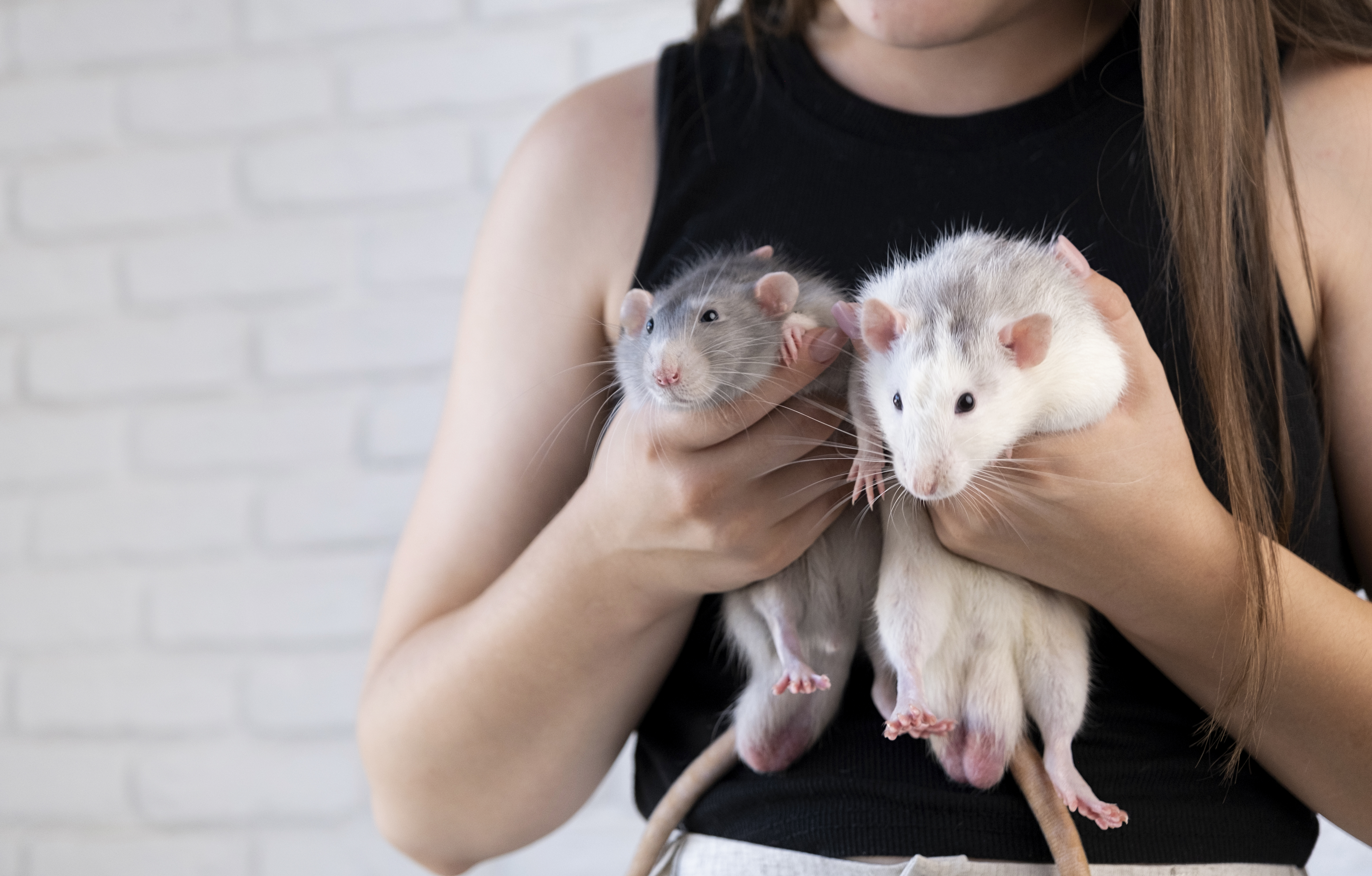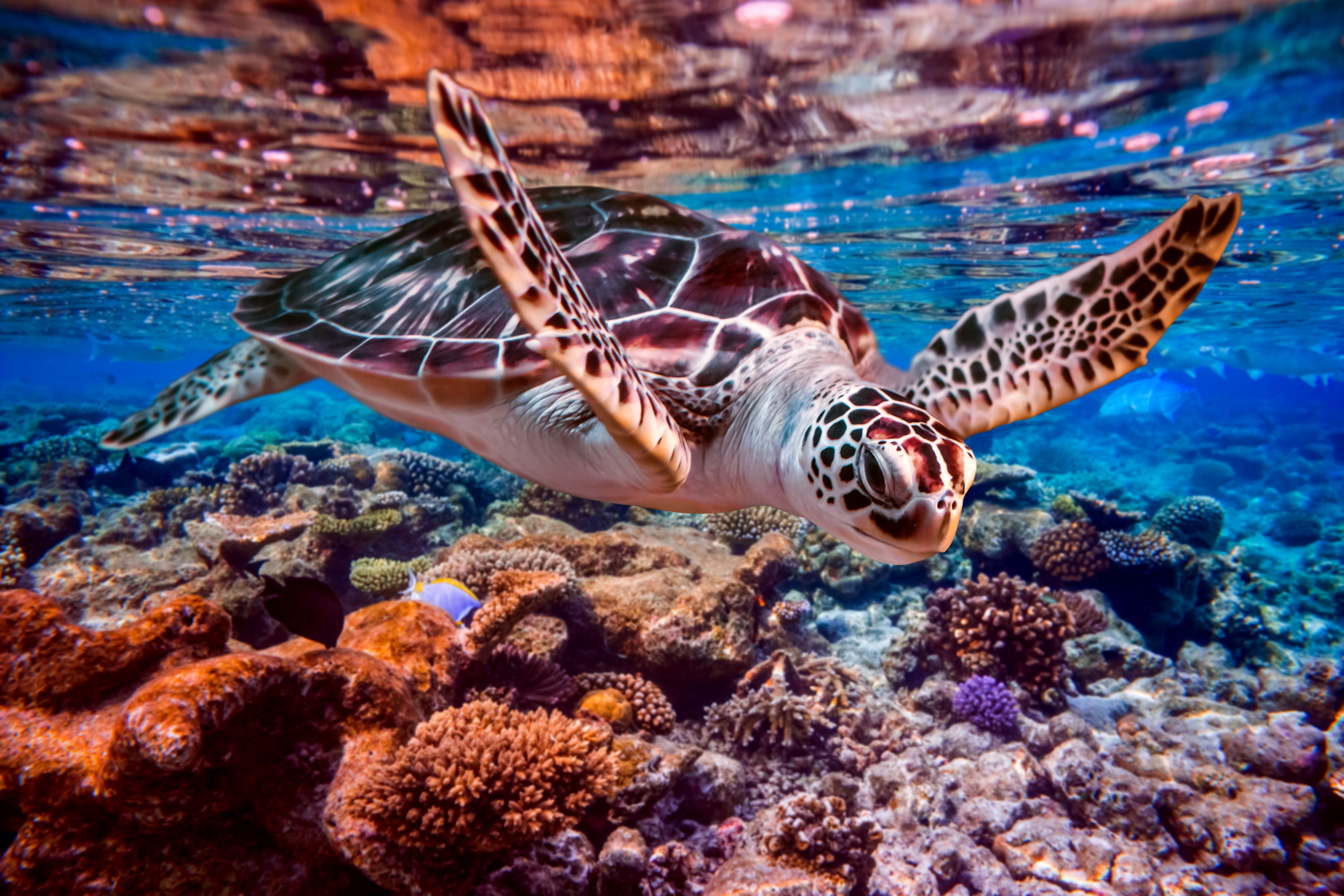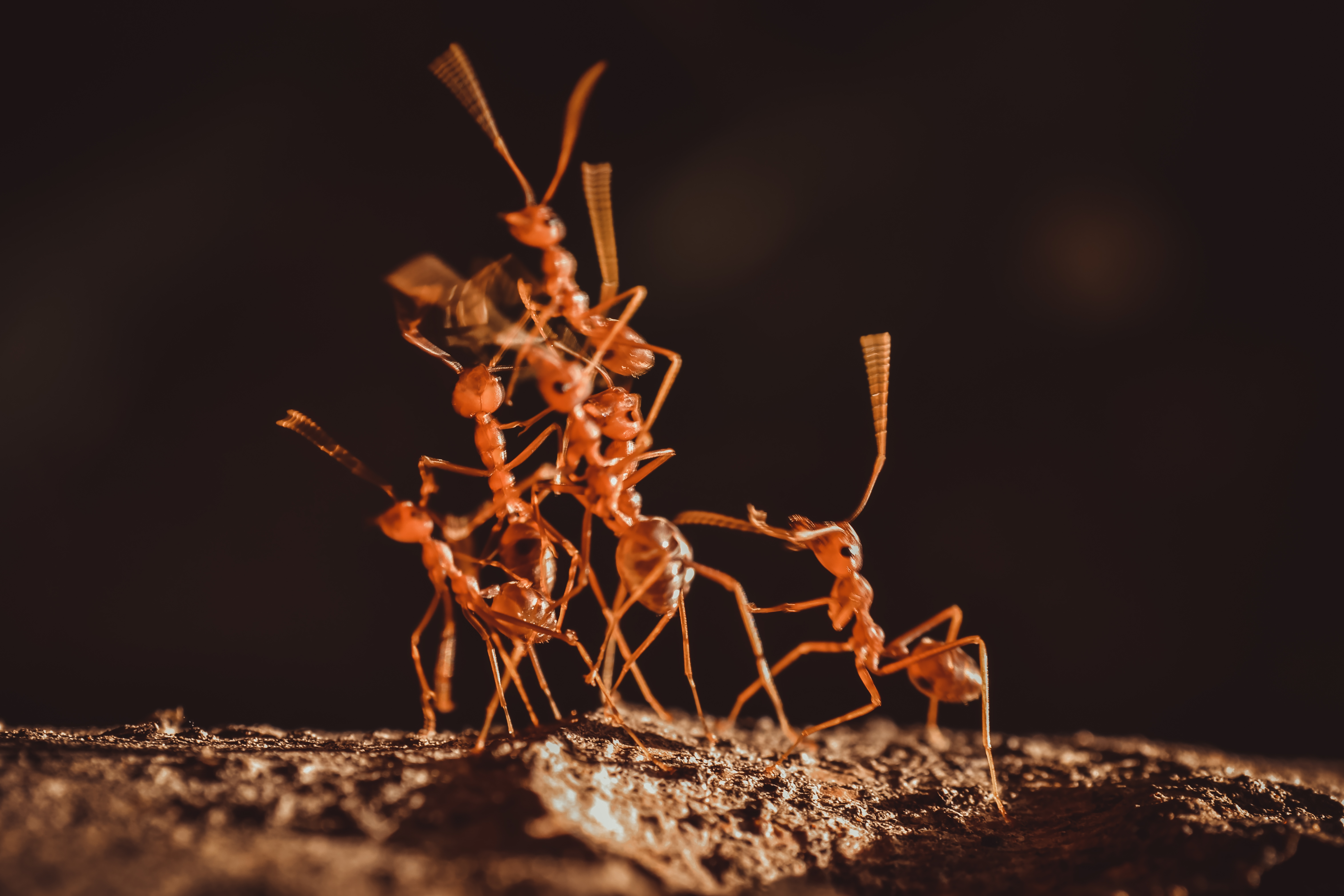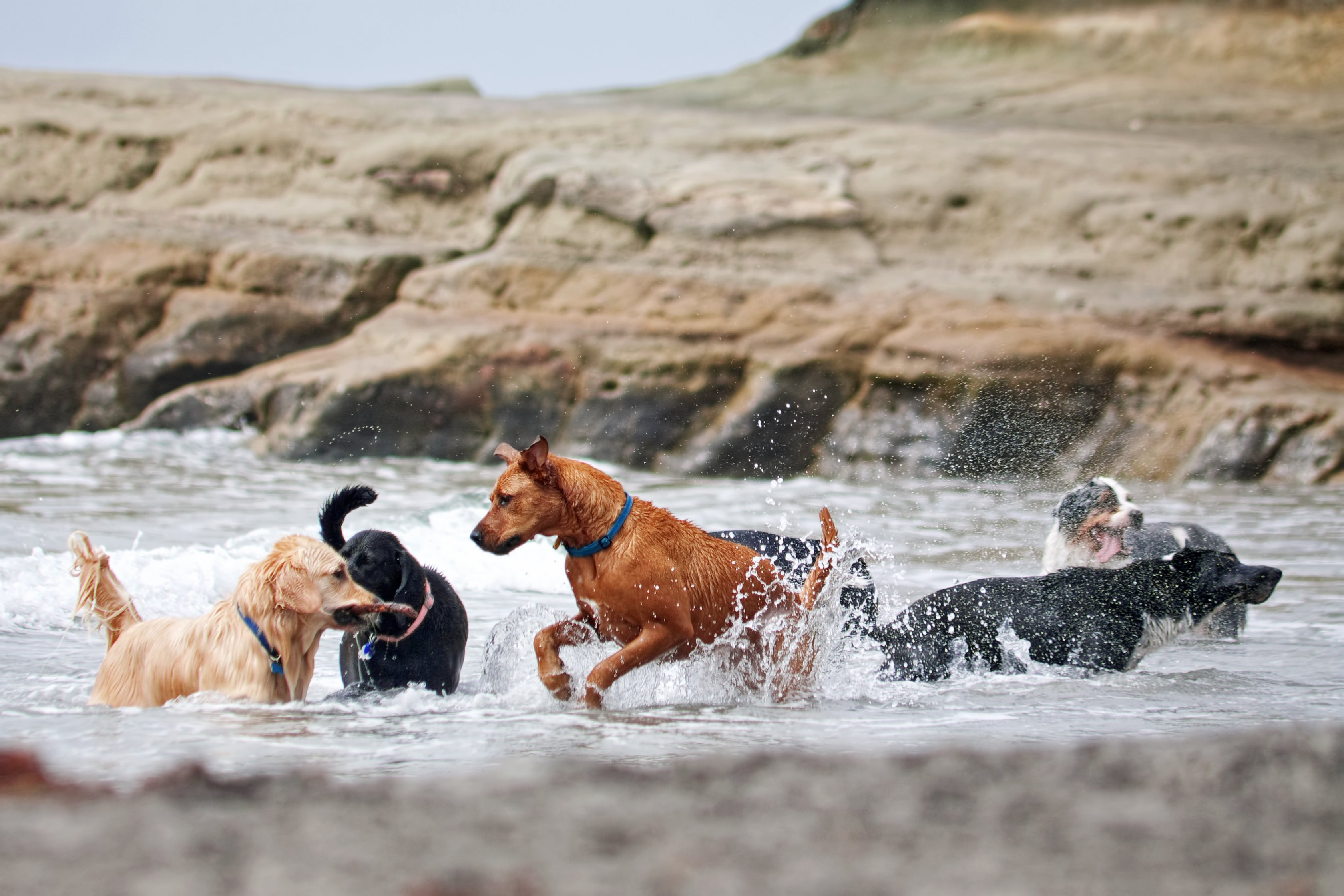The Strange Physics That Explains How Cats Always Land On Their Feet
Cats have long fascinated humans with their mysterious ability to land on their feet, a phenomenon known as the "righting reflex." This seemingly magical skill is not just a quirk of nature but a remarkable demonstration of physics in action. The study of how cats manage this feat provides insights into balance, motion, and the laws of physics that govern our universe. This article will delve into the scientific principles that explain this feline ability, exploring everything from angular momentum to the evolutionary advantages it provides. By examining these topics, we can appreciate the intricate dance between biology and physics that enables cats to defy gravity with such grace.
The Evolutionary Advantage of Landing on Their Feet
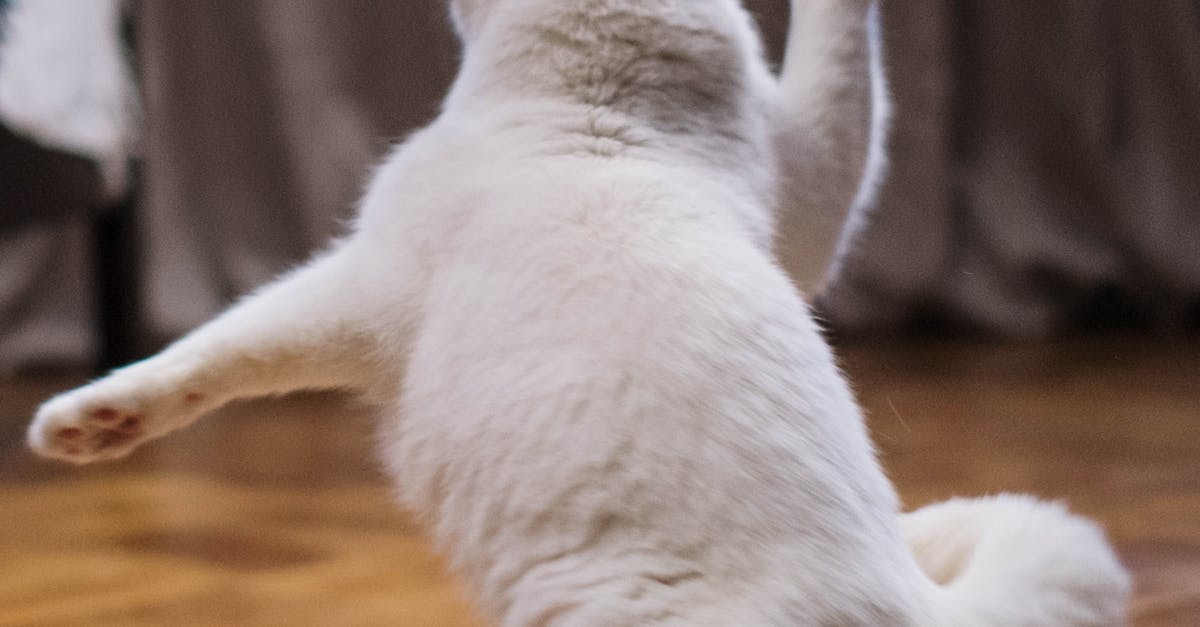
The ability of cats to land on their feet is not merely a party trick but a crucial evolutionary advantage. In the wild, this skill can mean the difference between life and death. Cats often leap from trees or high places to escape predators or catch prey, and landing safely is essential for survival. Over millions of years, natural selection has favored cats that can right themselves in mid-air, ensuring they sustain fewer injuries from falls. This trait has been passed down through generations, becoming a fundamental aspect of feline biology. Understanding this evolutionary context provides a foundation for exploring the physical mechanisms that allow cats to execute such precise aerial maneuvers.
The Physics of Angular Momentum
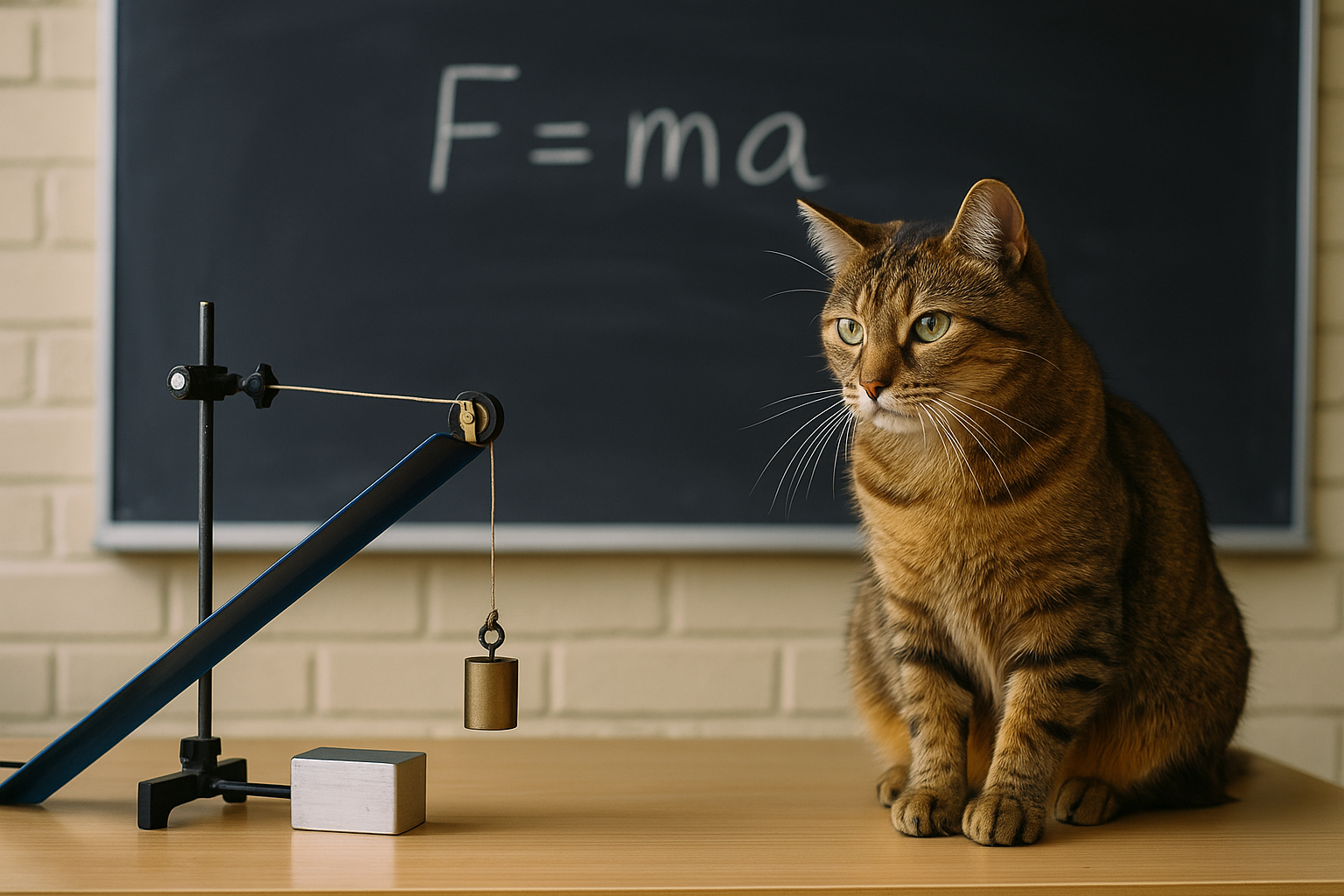
At the heart of a cat's ability to land on its feet is the principle of angular momentum. Angular momentum is a measure of the amount of rotation an object has, taking into account its mass, shape, and speed of rotation. When a cat falls, it instinctively twists its body to manipulate its angular momentum, allowing it to reorient itself mid-air. By extending its front legs and retracting its back legs, a cat can create a rotational motion that helps it turn right-side-up. This conservation of angular momentum ensures that the total momentum remains constant, allowing the cat to execute a swift and efficient rotation to land safely.
The Role of the Vestibular System
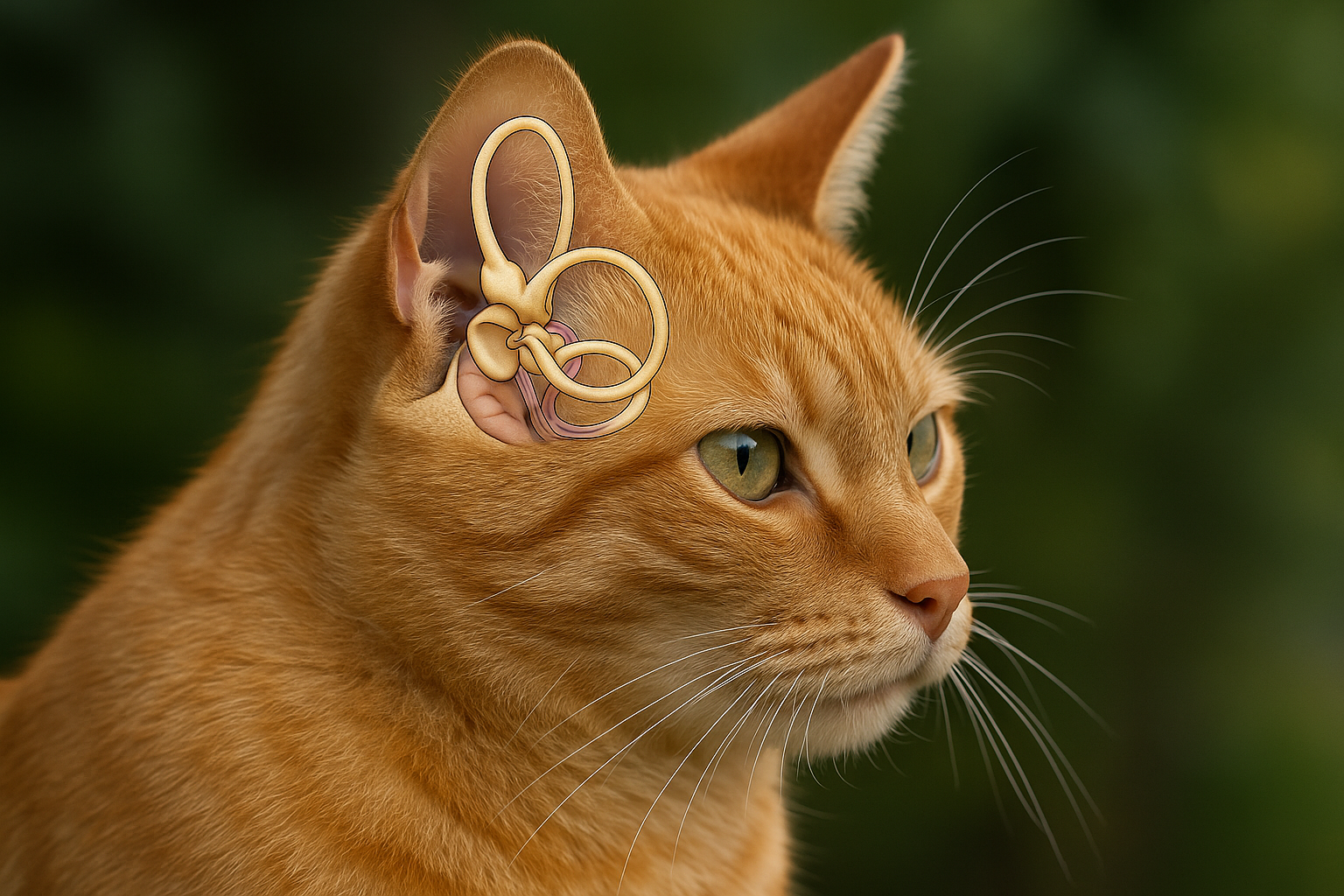
The vestibular system, located in the inner ear, plays a crucial role in a cat's righting reflex. This system is responsible for maintaining balance and spatial orientation. It detects changes in motion and position, sending signals to the brain that help the cat adjust its body position accordingly. When a cat falls, the vestibular system quickly assesses its orientation and triggers the necessary muscular adjustments to achieve a safe landing. This rapid processing of sensory information is vital for the cat's ability to right itself quickly, emphasizing the intricate relationship between sensory perception and physical coordination in feline biology.
The Importance of a Cat's Flexible Spine
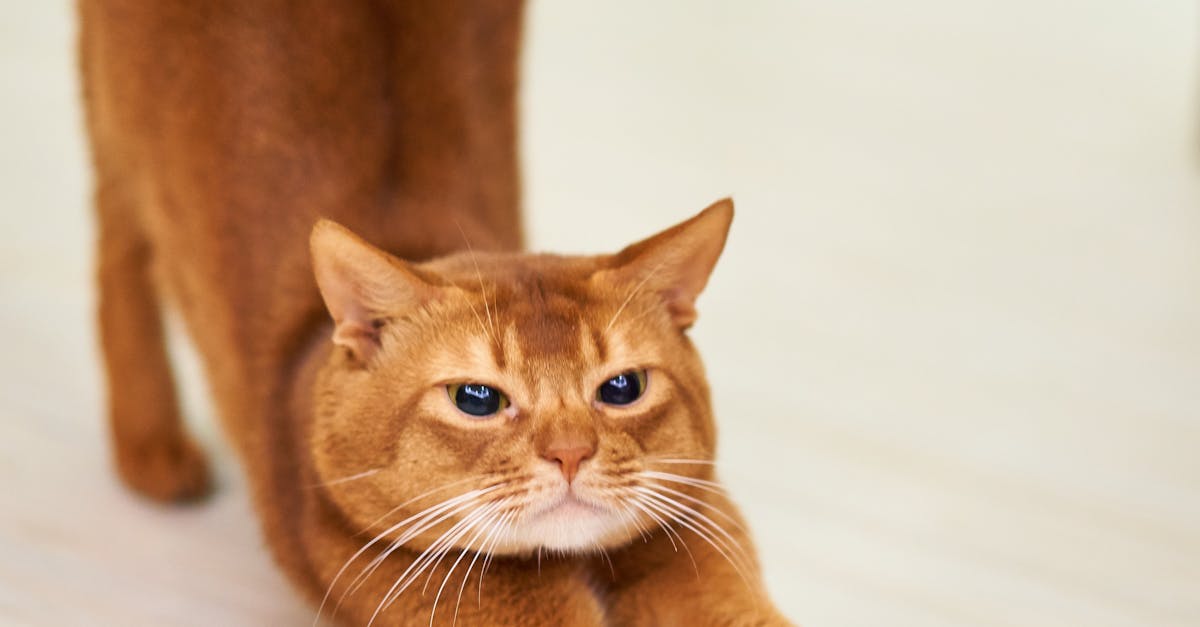
A cat's spine is a marvel of evolutionary engineering, offering both flexibility and strength. This flexibility is key to a cat's ability to twist its body mid-air. Unlike humans, cats have more vertebrae in their spine, which allows for greater range of motion. This increased flexibility enables cats to bend and rotate their bodies with remarkable precision, facilitating the righting reflex. The spine acts like a spring, absorbing the impact of landing and reducing the risk of injury. This anatomical feature, combined with their lightweight structure, allows cats to execute complex aerial maneuvers with ease and elegance.
The Science of Low Terminal Velocity
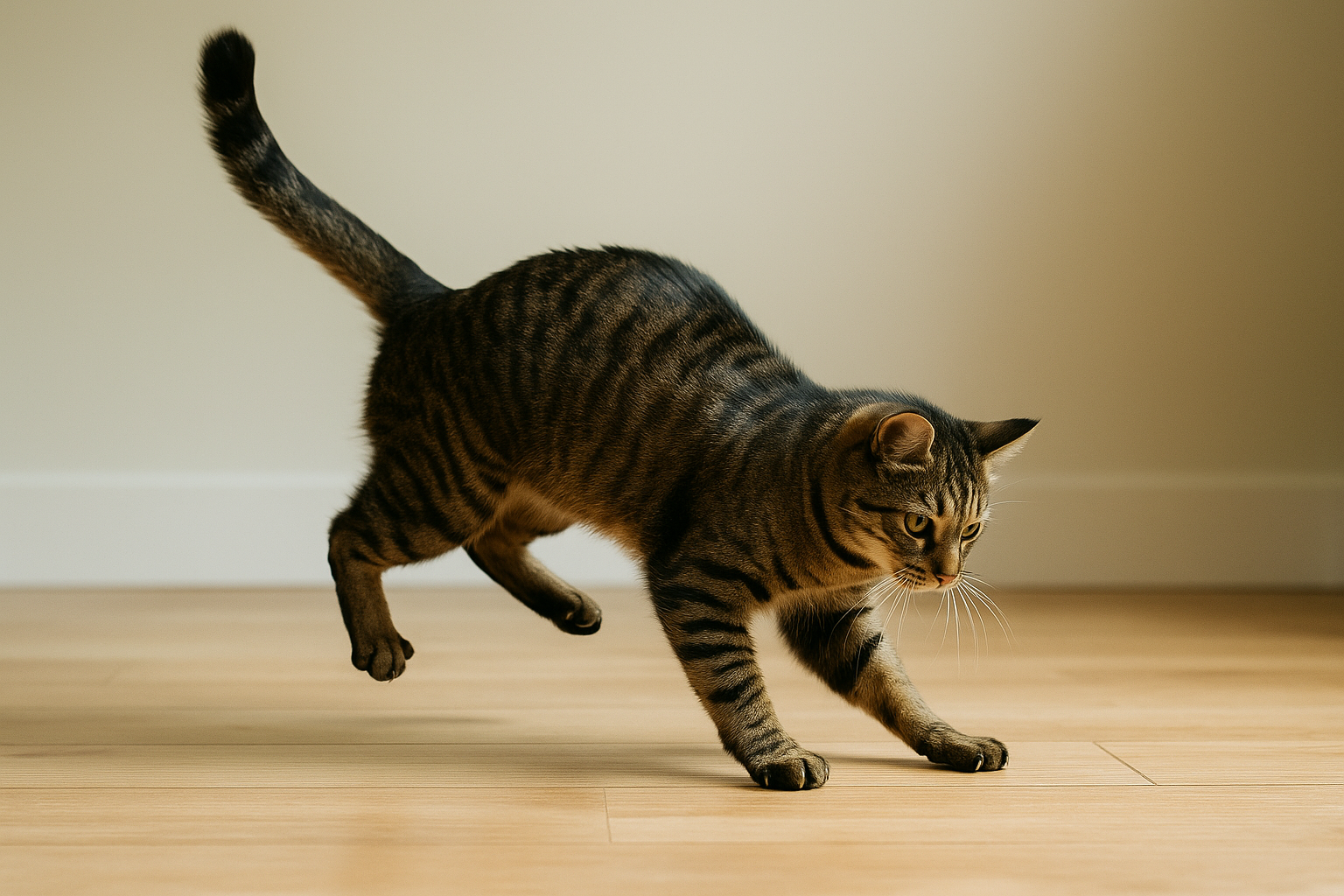
Cats also benefit from a relatively low terminal velocity, which is the maximum speed an object reaches as it falls through the air. Due to their small size and light weight, cats experience less gravitational pull compared to larger animals. Additionally, their bodies are shaped in a way that increases air resistance, slowing their descent. This lower terminal velocity reduces the impact force upon landing, giving cats more time to reorient themselves during a fall. The combination of low terminal velocity and the righting reflex significantly enhances a cat's ability to survive falls from considerable heights, a phenomenon often referred to as the "cat's paradox."
The Role of Reflexes and Muscle Memory
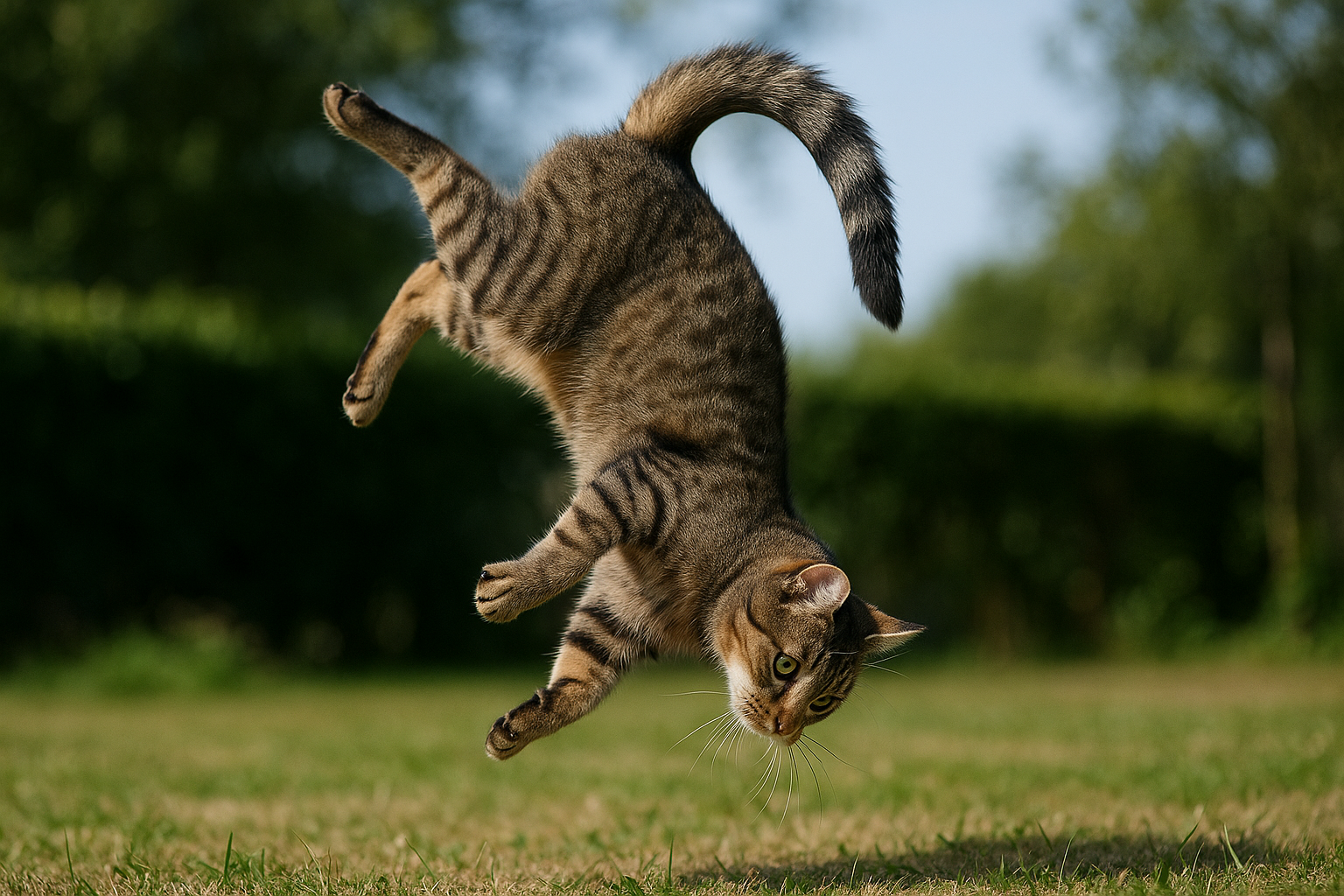
The righting reflex is not solely dependent on physics; it also involves a complex interplay of reflexes and muscle memory. Cats have highly developed proprioception, which is the sense of the relative position of one's own body parts. This allows them to make rapid, unconscious adjustments to their posture during a fall. Muscle memory, developed through countless jumps and falls during a cat's lifetime, plays a crucial role in executing the righting maneuver. The combination of innate reflexes and learned behaviors ensures that even young kittens can land on their feet after only a few weeks of practice, highlighting the importance of both genetic and experiential factors in this remarkable skill.
Comparing Cats to Other Animals
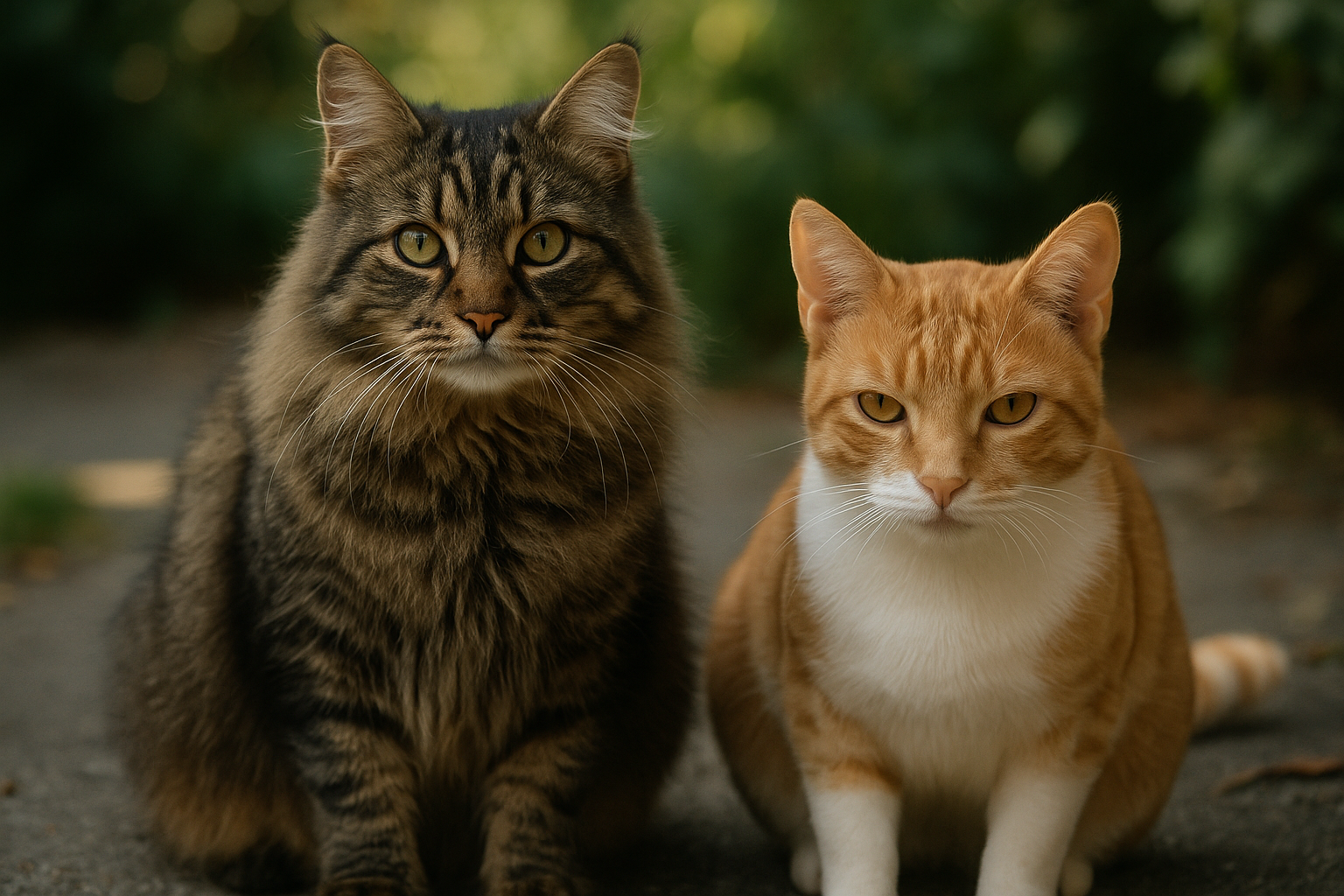
While cats are famous for their righting reflex, they are not the only animals capable of impressive aerial maneuvers. Squirrels, for instance, can also twist their bodies mid-air to land safely. However, unlike cats, squirrels rely more on their bushy tails to control their descent. Birds, on the other hand, use their wings to manipulate air currents and achieve precise landings. Comparing cats to other animals highlights the unique adaptations that each species has developed to navigate their environments. These comparisons also underscore the diversity of strategies that different animals employ to solve similar physical challenges, illustrating the creative solutions that evolution can produce.
Applications of the Righting Reflex in Technology
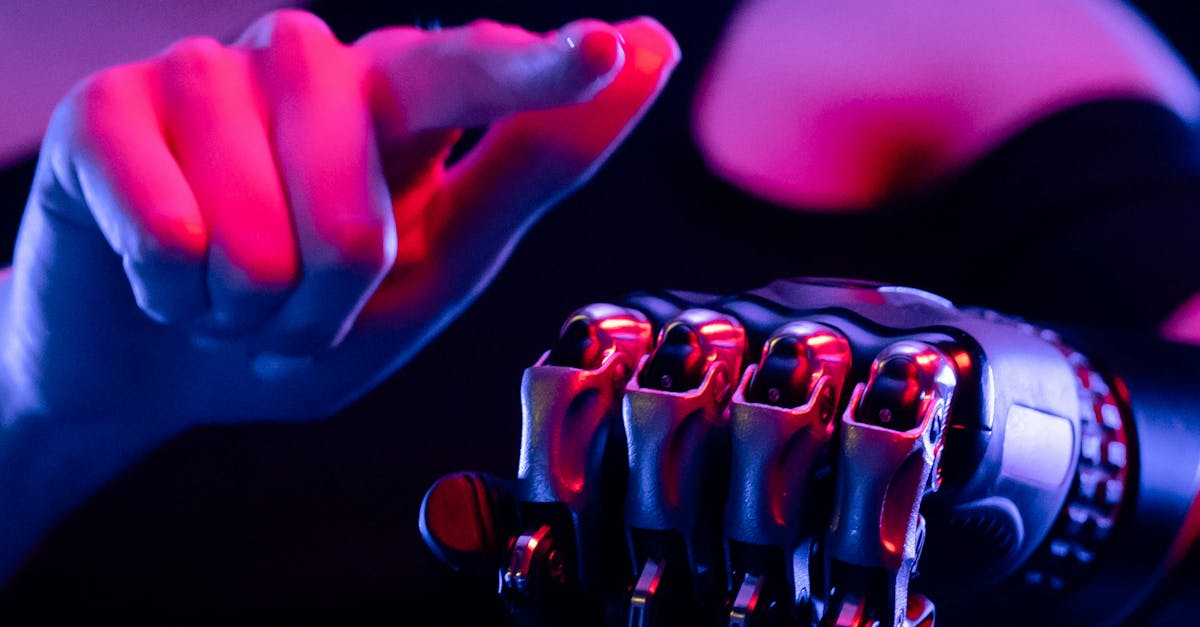
The study of a cat's righting reflex has inspired technological innovations, particularly in the field of robotics. Engineers have designed robots that mimic the cat's ability to reorient themselves in mid-air, which could be useful in search and rescue missions or space exploration. By understanding the physics behind the righting reflex, scientists can develop machines that are more agile and capable of navigating complex environments. These technological applications demonstrate how insights gained from studying nature can lead to advancements in human technology, bridging the gap between biology and engineering in fascinating ways.
The Intersection of Physics and Biology
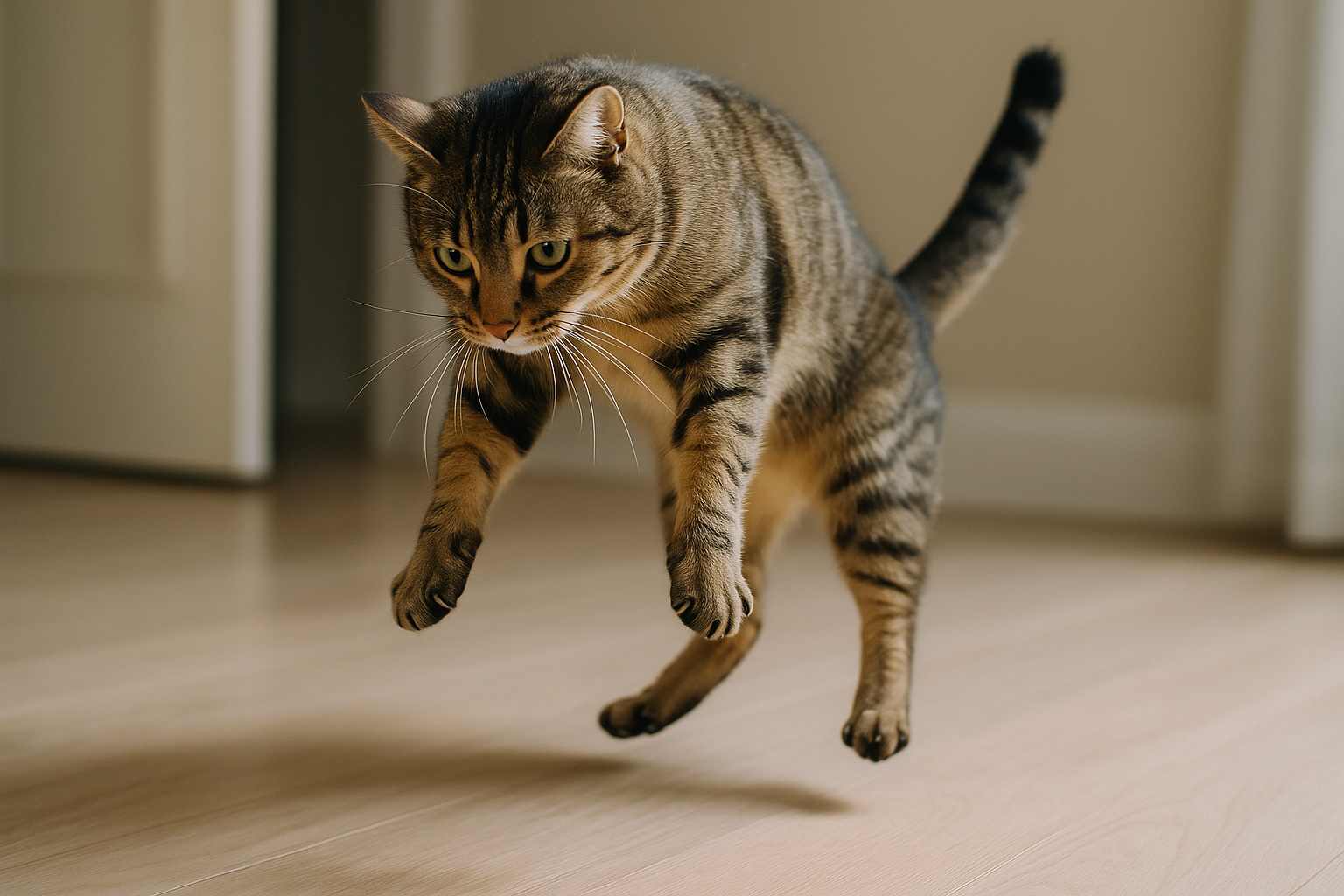
The strange physics that explains how cats always land on their feet is a testament to the intricate interplay between biology and physics. From the conservation of angular momentum to the evolutionary advantages of the righting reflex, each aspect of this phenomenon reveals the complexity and elegance of natural systems. By exploring the various factors that contribute to a cat's ability to land on its feet, we gain a deeper appreciation for the wonders of the natural world and the scientific principles that govern it. This exploration not only enhances our understanding of feline biology but also inspires us to look for similar marvels in other aspects of life, where physics and biology converge in unexpected and awe-inspiring ways.

